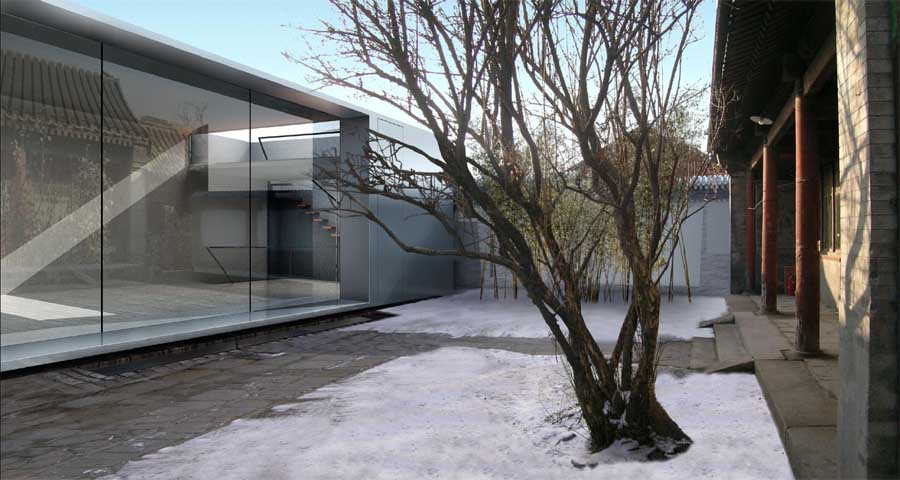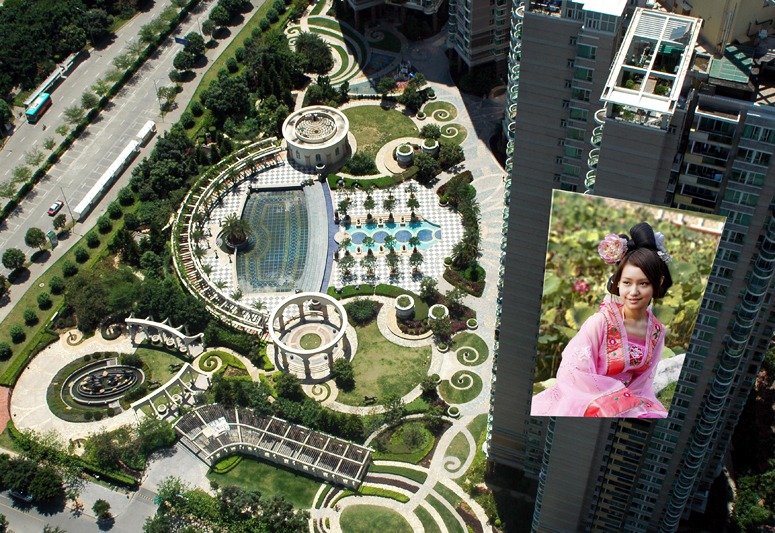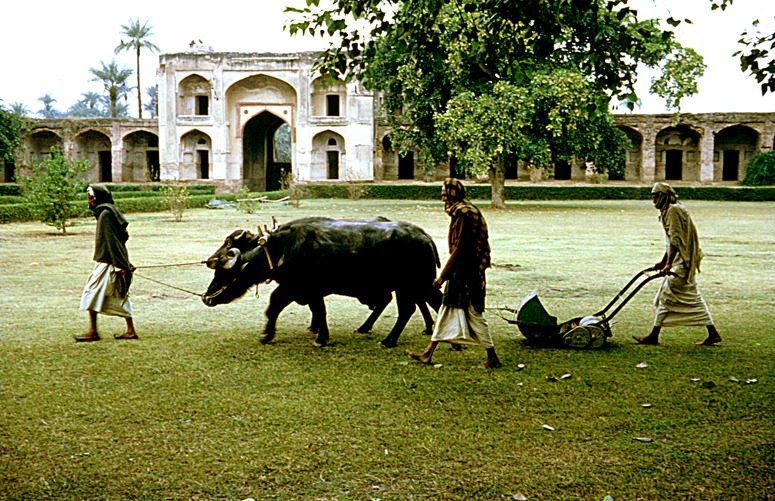 This lovely photograph was taken by Michael Lancaster c1968. My first thought, on finding it this morning, was that is showed a sustainable approach to cutting grass. But do the water buffalos emit more C02 than the small amount of hydrocarbon a motor mower would use? Perhaps. But the buffalo C02 would be endlessly re-cycled and the fossil hydrocarbon would be transferred from the earth’s crust to the earth’s atmosphere. Another point evident from Michael’s photograph is that this is not how the greenspace should be managed. It ought to be a lush area of fruit and flowers.
This lovely photograph was taken by Michael Lancaster c1968. My first thought, on finding it this morning, was that is showed a sustainable approach to cutting grass. But do the water buffalos emit more C02 than the small amount of hydrocarbon a motor mower would use? Perhaps. But the buffalo C02 would be endlessly re-cycled and the fossil hydrocarbon would be transferred from the earth’s crust to the earth’s atmosphere. Another point evident from Michael’s photograph is that this is not how the greenspace should be managed. It ought to be a lush area of fruit and flowers.
Category Archives: Historic garden restoration
The Landscape Man: Matthew Wilson at Hedingham Castle
Hedingham Castle in Essex was the subject of the second Landscape Man series.The owner’s wife, Demetra Lindsay, a garden designer, thought ‘something a little more formal would be a bit of contrast’. So they converted the swimming pool into ‘formal pond’ and put in a semi-Islamic water channel edged with granite cadged from a sponsor. Granite is of course a traditional material – for tomb stones. Matthew Wilson made the un-profound remark that the grounds were being ‘restored to their former glory’. The owners’ design objective was to generate dosh by letting the place as weddings venue. The estate also contains a really fine Norman keep (dating from 1140) as well as a decent eighteenth century mansion. What should they have done? Something better: less costly, more imaginative, more beautiful, more romantic, more appropriate – and designed to create amazing opportunities for wedding photographers. [See note on wedding photography in heritage gardens]
Courting the lawn
It is always a challenge when considering heritage how to respect the past while accommodating the new. The houtongs in Beijing are now facing the predicament of a modernising city. Traditional society and lifestyles have changed. Consumer demands are different.
So the traditional courtyard house is being reinterpreted…and in some instances modernism and tradition are facing each other quite literally.
However, there is much to be gained from understanding the tradition of the courtyard house and the patterns of life which gave rise to it. The garden of the courtyard house seems to have been predominantly a place for trees.. but perhaps also for lawn?
Parks now?
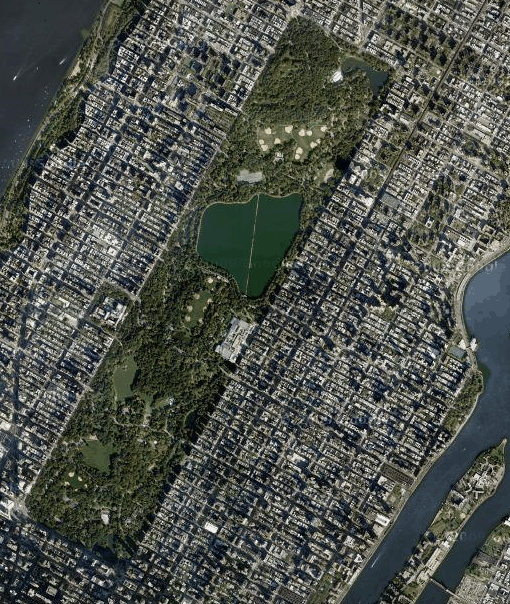 It is interesting to see parks within their urban setting to start to understand the relationship between urban fabric and parkland. Apparently Olmsted‘s Central Park faced something of a crisis in the 1970s and was revived in the 1980s through a major restoration project.
It is interesting to see parks within their urban setting to start to understand the relationship between urban fabric and parkland. Apparently Olmsted‘s Central Park faced something of a crisis in the 1970s and was revived in the 1980s through a major restoration project.
So the times change and people demand new things of their parks? After the French Revolution fortuneately the true value of Versailles was recognised…So hopefully designers and the public will be able to recognise the value of the past when refurbishing green spaces for the future.
Wither Chinese landscape and garden design in the twenty-first century?
With over 3 months till the closing date for the Tiananmen Square landscape architecture competition, and many Chinese competition entries to admire, it is worth asking some questions about the direction of garden design and landscape architecture in 21st century China. The classically dressed beauty with the coy smile, above, seems puzzled as she looks out from a towering block in Shenzen. She knows that her country has a brilliant garden tradition and she knows that her country has to modernize. But, she wonders, ‘does our future really lie with the evocation of dreary Holywood sets from the 1920s? – is Hearst Castle really the best source of inspiration for modern China? – is there nothing of value in the past 5000 years of Chinese art, architecture and gardens? – or is the problem that too much Chinese landscape design is inspired by American models and implemented by thoughtless automatons working in sweatshop conditions outside China?’. Still, she reflects, ‘at least the garden doesn’t have a Spanish Theme – and at least it is my Dad who owns the penthouse with the roof garden’. Then, I hope, she will decide to study garden design and landscape architecture so that she become an expert in context-sensitive design. As a small encouragement, I will be happy to give her a copy of my book on Asian gardens: beliefs, history and design – and will be content if she reads its last sentence ‘The farther back you look, the farther forward you are likely to see.’ It is said to be a quotation from Winston Churchill – but it may only be the sort of thing he might have said when half-way through a case of claret – so she may prefer Confucius’ observation that ‘When it is obvious that the goals cannot be reached, don’t adjust the goals, adjust the action steps.’
Bagh-e Fin garden in Iran – restoration and conservation plan
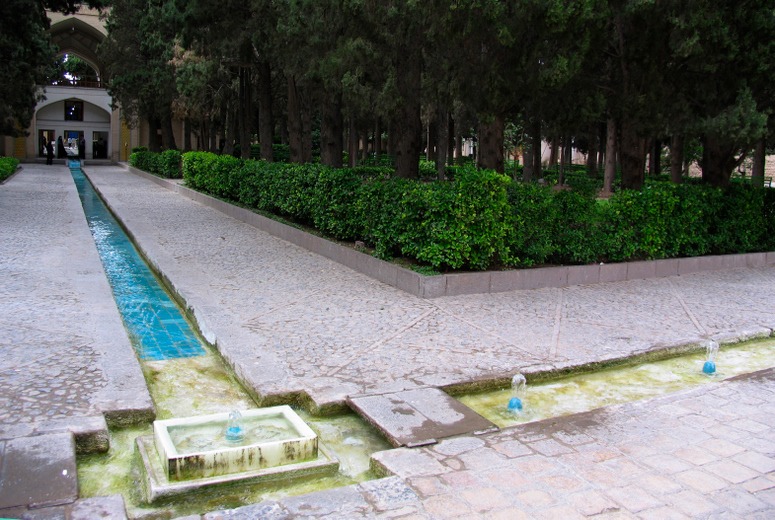
An interesting conservation resulted from shoving myself into the wall of a garden pavilion in order to take this photograph of the Bagh-e Fin garden in Kashan, Iran
When visiting the Bagh-e Fin, on 15th June 2004, one of the curators noticed me in a painful position outside his office. I was taking a photograph. He asked why I was doing it. I said I was interested in garden history. He asked if I thought the Bagh-e Fin was of equal historical importance to the great gardens of Europe. I said ‘Yes – probally more so, because it is the best surviving example of the world’s oldest garden design tradition, originating in the Fertile Crescent’. But, I said, it could be looked after even better than was then the case. ‘What should we do?’, he asked. I said I would make a proposal and send it to him. As we drove north into the desert, I sketched in the back of the car. A friend translated my comment into Farsi and we posted it to him. A reply is still awaited. In case the Bagh-e Fin Conservation Plan has been mislaid, it is now published it on the Gardenvisit website.

